Hey Guys!!!
Good to see you!!!
Today, I will talk about SEO i.e. Search Engine Optimization.
Everyone thinks that SEO is a long-term game…..that you have to wait months or years to see results.
Do you know how many blogs people publish each day?
Any ideas??
Around 4 million blogs are posted by people each day.
People conduct more than 63,000 searches per second on just Google. I am not talking about the other search engines.
Yes, this makes it kind of tough to stand above the competitors. But you have to do this to make your blog successful.
Wondering with this much huge competition on Google how your blog post going to rank above your competition post?
You can stand above your competitors by doing SEO.
You know what is SEO???
SEO stands for Search Engine Optimization. It is the process of filtering the quality of traffic and expanding the amount of site traffic by increasing the visibility of a site on search engines.
It’s an organic process that aims to get higher on SERPs (search engine result pages) and get more clicks on-site and making a site workable.
It’s a complex process because it just not aim to achieve a higher rank of a webpage it actually aims to make a webpage/website or a landing page workable.
You have to decide what to optimize?
It can be design, content, links …… anything. To achieve your goals.
Now, Let’s start.
In order to understand what is SEO, firstly, we have to look forward to how GOOGLE works??
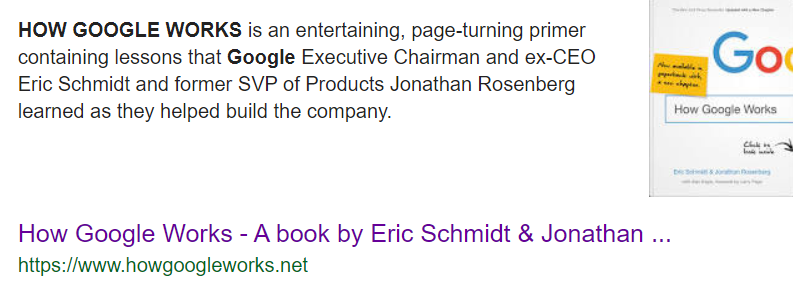
Source taken from Google.
Google covers all the topics. It is related to corporate cultures, talent, decision-making, communication, and many other topics.
Early Days of GOOGLE
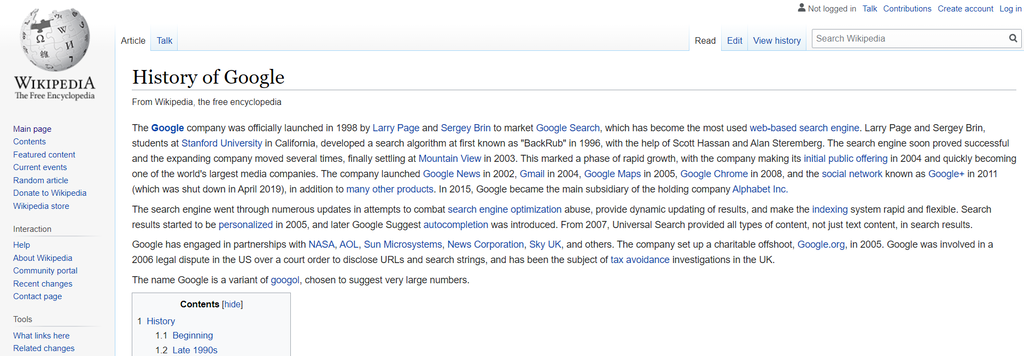
Source taken from Wikipedia.
After that, they realized that because of links, the Internet could be analyzed and ranked in a similar way. So, they set about attempting to crawl or download the entire Internet that which sites are linked to the most. The sites with the most links were the best sites.
How GOOGLE works today?
Google works largely the same way as it was before. Except it continuously update its algorithm for providing better search experience. A link from the relevant site is much more valuable than irrelevant site. At the end of the day, the purpose of Google is to find out the best web page for the words you type into the search bar. All you need to make it clear to Google what your page is about.
For this, we have to follow a simple process that works every single time with less effort.
If you are looking to improve your SEO, this complete guide is for you. I will cover everything that you need to know about SEO.
On-Page SEO

The first step is to make Google clear what your site is about. And make it index.
On-page SEO is the act of optimizing individual web pages to rank higher and earning significant traffic in various search engines.
Checklist: -
- Use short, descriptive URLs.
- Write a compelling title tag and description.
- Use one H1 tag on your page (and include your keyword in it).
- Link to relevant internal and external resources.
- Optimize your images with descriptive "alt" tags.
- Intelligently "sprinkle" long-tail variations throughout your content.
Content
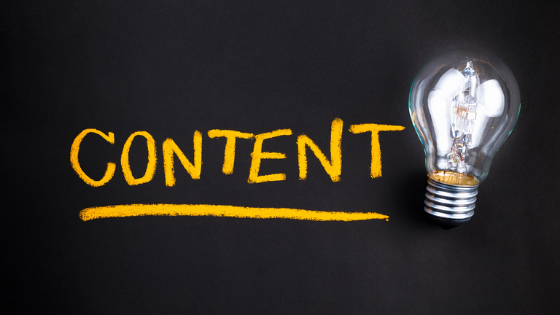
Do you know that SEO begins and ends with quality content writing? These days don’t implement your optimization strategy without a solid content strategy. Content in SEO means creating the content that helps your website pages to rank above your competitors in various search engines but in respect to end user.
Google always tries the audience to give the best content possible.
This means your first job is to do well with SEO is to create great content.
Off-Page SEO

Off-Page SEO means techniques that you can utilize to upgrade the position of a website in the SERPs.
I just want to say that off-page has to work on promotional techniques - beyond website design for the purpose to rank the website at the top of SERPs.
Link Juice
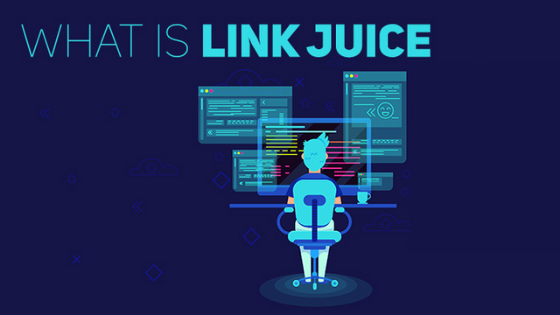
Link juice is the term used in the SEO world to refer to the value of a hyperlink to a particular page or site.
Checking Link Juice: -
You may check link juice on Moz's Internal Link Juice Tool. You need to enter your blog's URL and PageRank of the page. This tool crawls the number of links on the page.
Consider website A has 10 backlinks and website B is a new site and does not have any backlinks yet. In this case now, website A ranks higher in search engines. But now you might ask that website B also gains 10 backlinks, then who will rank higher. The answer depends on how much juice each link passes.
Link Structure

The link structure of a website plays a vital role with regards to external incoming links (backlinks) and internal linking. Both cases are weighted differently by the search engines. While the external links structure is a ranking factor. The internal link structure is very useful for user navigation and at the same time, it is important for passing on link juice.
Internal Linking: -

Internal links are links that go from one page on a particular domain to a different page on that same domain. They are commonly used in main navigation. These kinds of links are very useful for below reasons: -
- They allow users to navigate a website.
- They help to establish valuable information hierarchy for the given website.
Robot.txt

Most of the SEO is managing stuff that can go wrong.
Almost every site has a page at example.com/robot.txt - even google has one.
Robots.txt is a text file webmasters to instruct web robots (typically search engine robots) that how to crawl pages on their website. The slash used after “Disallow” tells the robot not to visit any pages on the site.
Nofollow

Nofollow is an HTML attribute value used to instruct the search engine bots that a hyperlink should not influence the link target's ranking in the search engine's index.
Canonical URL
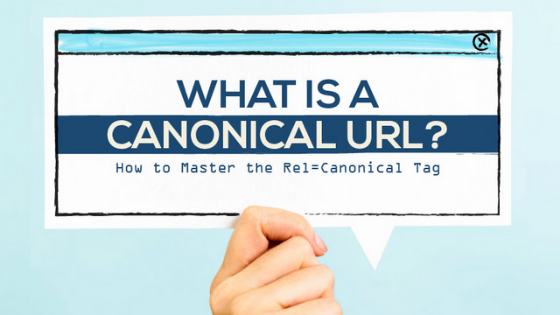
A canonical URL refers to an HTML link element, with the attribute of rel="canonical" found in the element of your webpage. It specifies to search engines your preferred URL. That means the canonical URL element informs Google and other search engines to crawl a website, and what URL to index that specific page content under.
Link Building
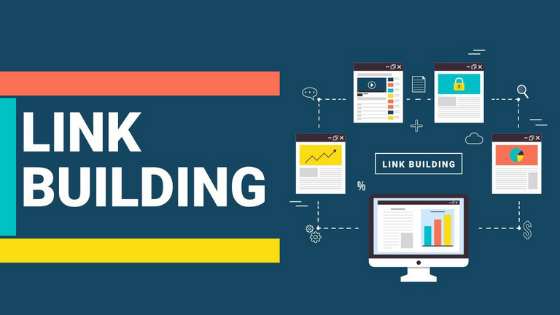
Link building is the process of getting other websites to link back to your own website. All marketers and business owners should be interested in building links that drive relevant traffic and increase their site's authority.
Web 2.0

Web 2.0 are the sites which allow you to create your own page with a unique URL. You can publish information and point links from it to your website. Examples of Web 2.0 include social networking sites, Tumblr, WordPress, forums, blogs, wikis, video sharing sites, web applications, and mashups. It is helpful in SEO.
I hope this guide will help you to realize that SEO is not optional at all.
Don’t worry if you have already made some SEO decisions in the past that may have gone wrong. Just Commit today to get started and it can take up to 6months to a year to see great results.
And who knows - you will stand out to your competitors.
Still, have a query?
Contact
SEO Expert in Delhi @9560743364 and email us at rocketvolpe@gmail.com.
Read more blogs related to SEO: -
- SEO Tips that every Web Designer should know
- How much does SEO cost?
- Tips to enhance Social Media to Boost SEO
- How to select the best SEO Expert?
- How to improve SEO Services?